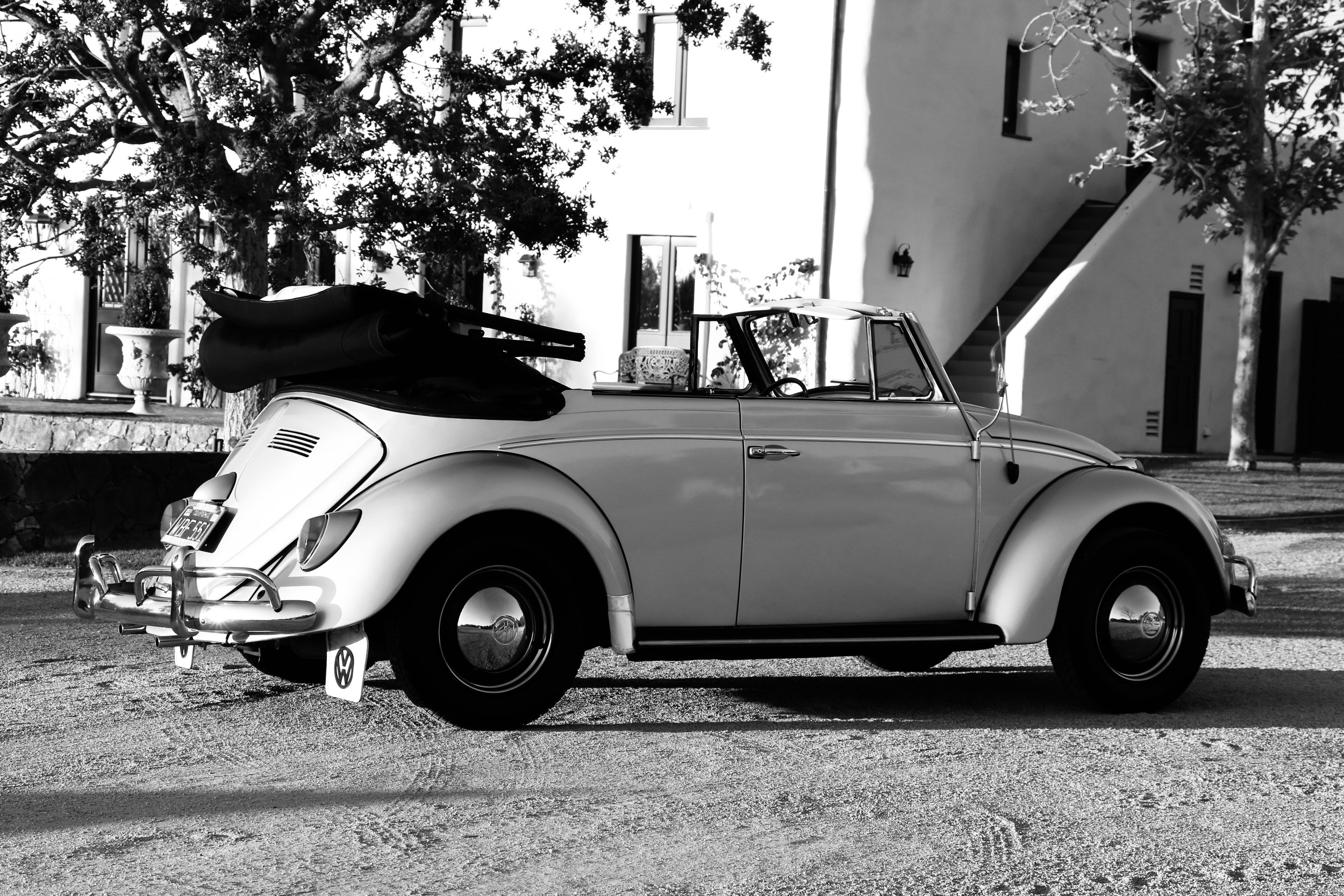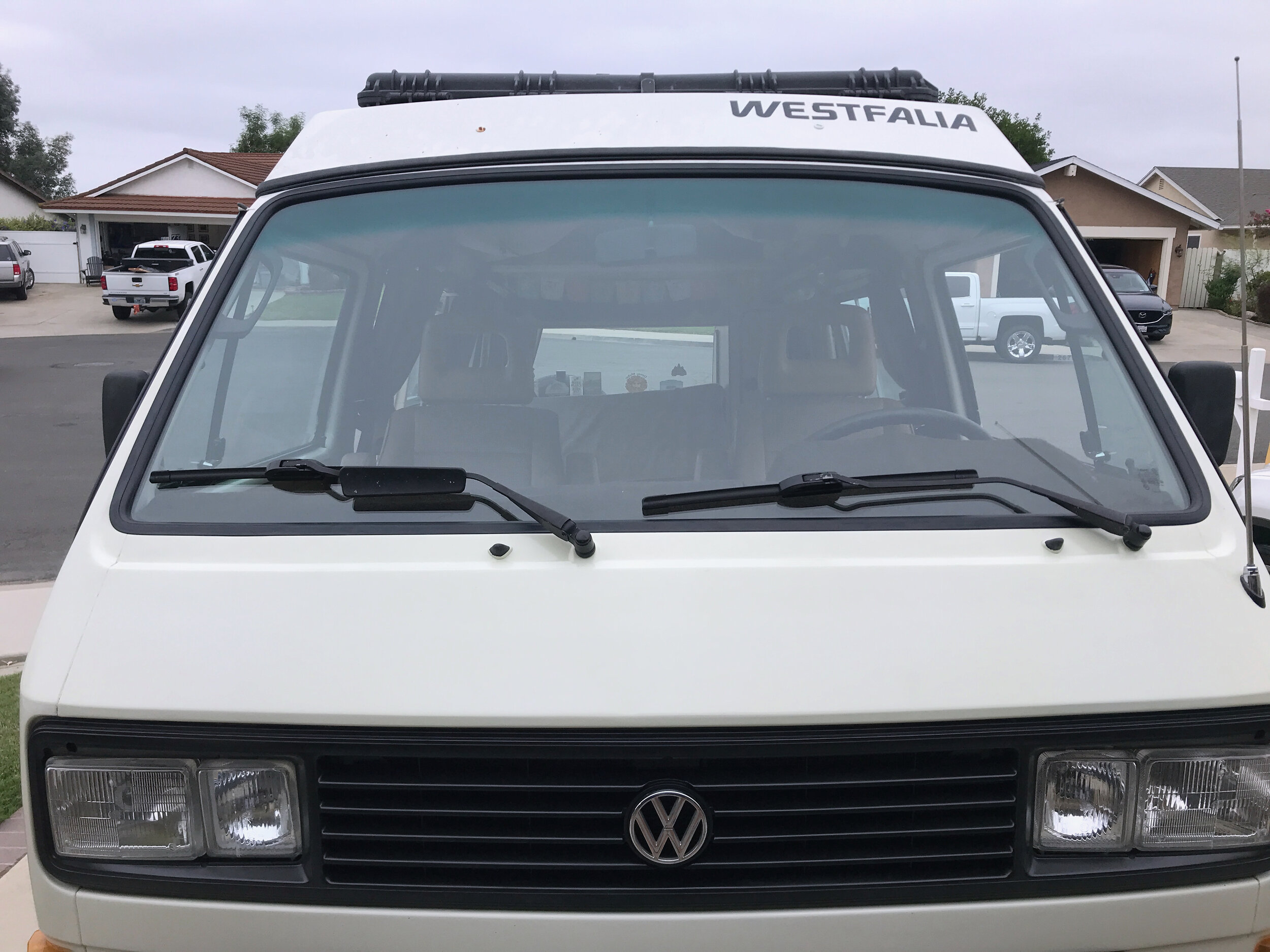My First Time Shifting a Manual Transmission
The first car I learned to drive was a four-speed 1964 Volkswagen Beetle. It had lots of miles on it as I recall. It wasn’t my car, my brother owned it and he was good enough to let me drive it on occasion.
I had just passed my driving test in high school, but didn’t own a car myself. My brother’s Beetle was the perfect car to put my driving skills to test until I could afford buying one. My brother’s VW had a four-speed transmission. I had no idea how the shifter and floor pedals worked, or how much throttle to give it to accelerate and shift smoothly from neutral to first gear, into second, third and so forth.
After many failed attempts on the street in front of my brother’s apartment I finally was able to drive it two blocks until it stalled. My brother had lots of patience. I kept stalling it in traffic, until finally I thought I had this four-speed thing wired. Well, I didn’t get far before I knew I had problems.
Stop signs and traffic lights were problem numero uno. I had to come to a complete stop and to do that properly in an old manual Beetle it meant downshifting until you finally reached first gear. Downshifting is an art, I was told. It takes tempo and confidence. It’s rhythmic. It didn’t come easy for a 16 year-old with no formal driving experience.
Getting used to the third pedal is no easy task for a beginner.
I could hear the metal gears grinding as I mashed the clutch pedal, trying to put the transmission into a lower gear. About 5 times out of 10 I’d get it right. As I said, my brother had lots of patience. The Volkswagen shifting pattern was funky. To go in reverse you pushed down and pulled back toward your knee. First gear and third were across from each other. It was easy to mistake one for the other and I did so repetitively. The floor shifter was sloppy. Like spaghetti in the hand.
The cheater’s way of coming to a stop in a manual Beetle was to put it in neutral and coast to a finish. Then pop it in first gear and repeat. I didn’t do that. I wanted to learn the right way.
On a flat road I had it almost perfected. But on a hilly road it was very different. Heading uphill the transmission needed to be in a low enough gear to pull the vehicle upward, steadily climbing using the engine’s torque. That meant I couldn’t shift too soon or too late until I reached the top.
I had to shift that Beetle at just the right time with the correct engine RPM.
That meant watching the road, watching the RPM tachometer and timing my pedals precisely. It was like conducting an orchestra. If I failed the car would come to an abrupt stop on an incline, and I feared that I would roll backwards downhill if I didn’t get it just right.
It never happened.
I always made it up those steep roads. After weeks of trying to relax and shift the Beetle with confidence I had progressed to a point where I could actually drive the Beetle on my own. Unfortunately, my brother had other ideas. He needed the Beetle to get to college. So my time behind the wheel of my first manual transmission came to an end.
From that time forward every car I had owned was a manual. I got really good really fast, and soon I graduated into a five-speed. Today I own automatics. But I do miss shifting. Shifting reminds me of a good song with a strong drum beat. But what I remember most from those early years in the old Beetle was my brother’s patience. I couldn’t of learned to shift without it.






























